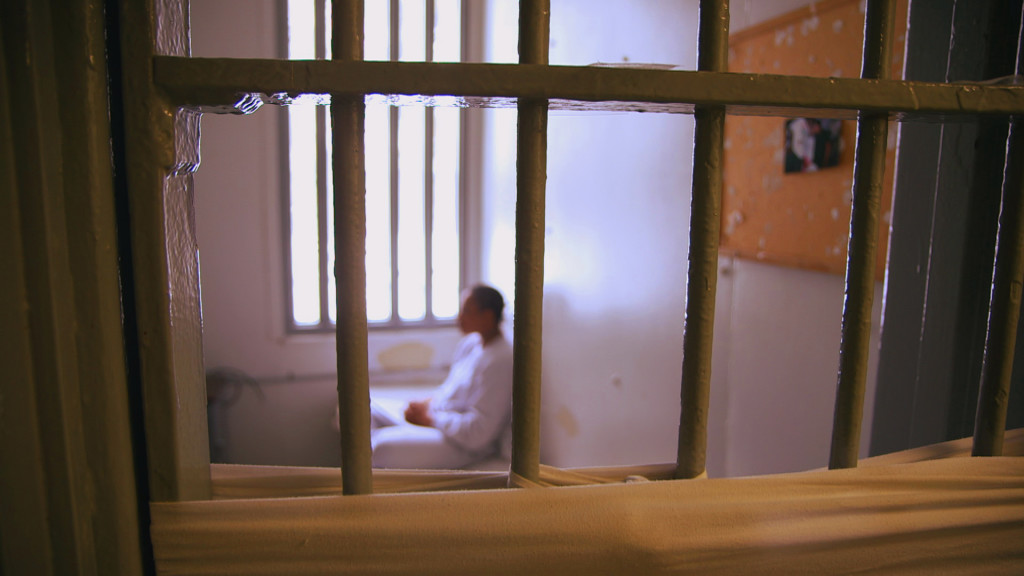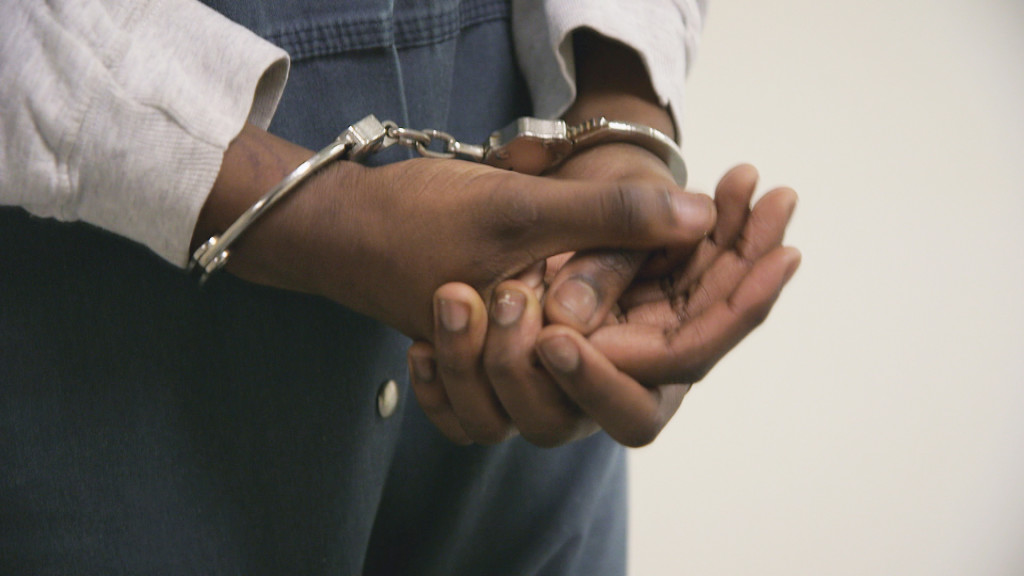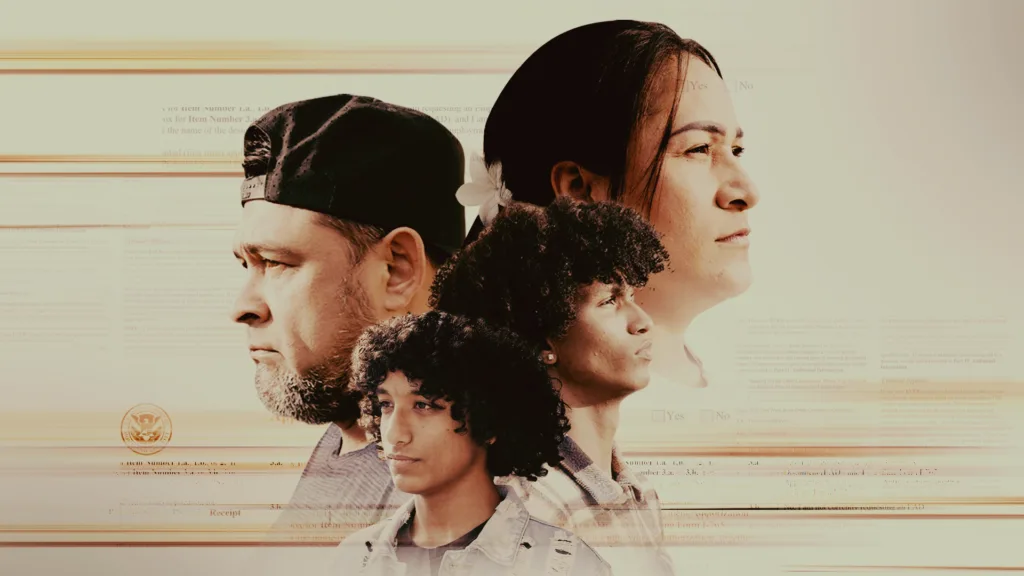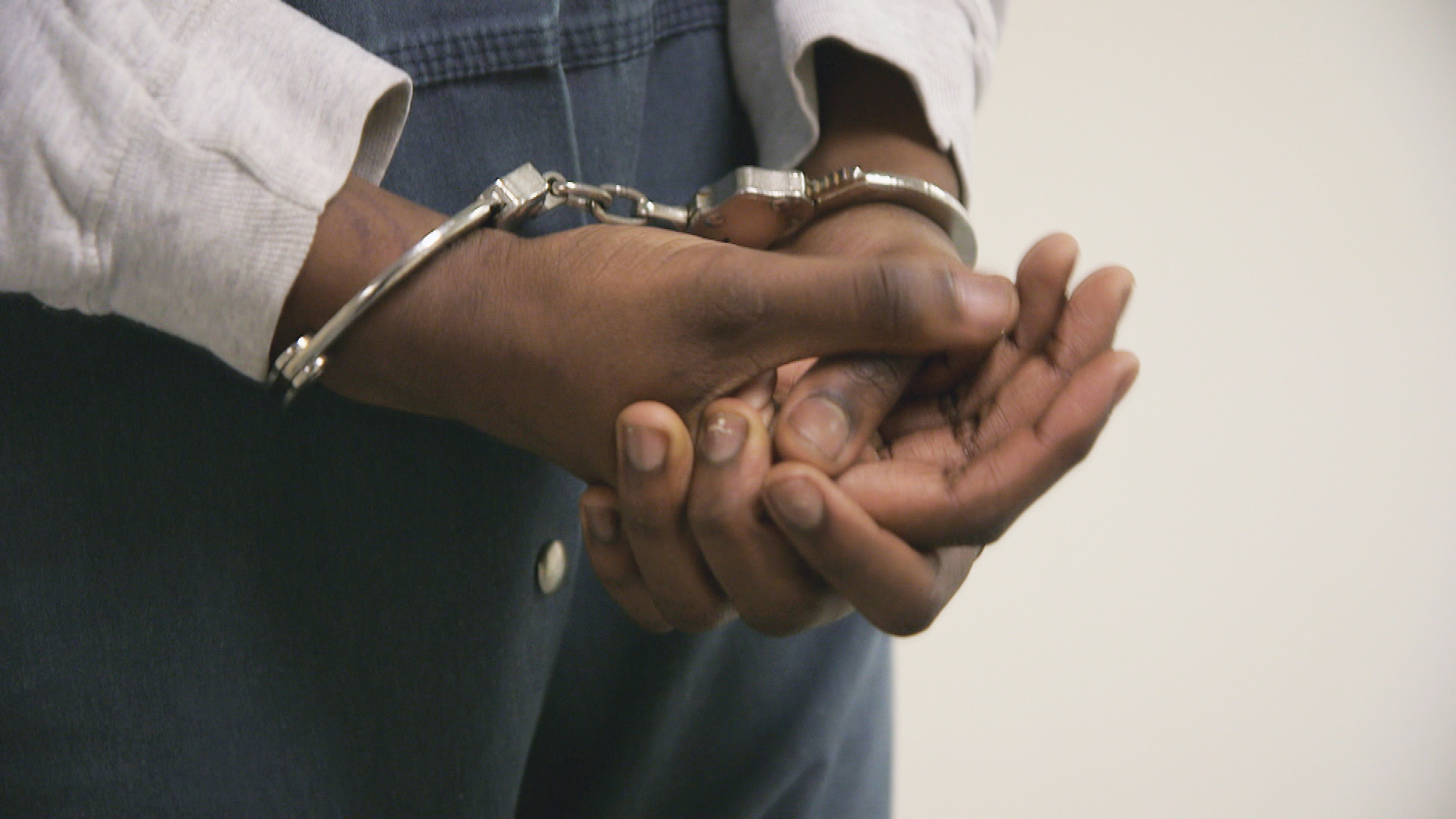New Report Slams “Unprecedented” Growth in US Prisons

May 1, 2014
Share
The past 40 years have seen the United States become home to more prisoners than any other country in the world. Yet despite this dramatic boom in incarceration rates, a new report finds that the deterrent effect of tough-on-crime policies remain “highly uncertain.”
The report, published Wednesday by the National Research Council, describes the rise of incarceration in America as “historically unprecedented and internationally unique.” It found that from 1973 to 2009, the prison population grew from about 200,000 to approximately 2.2 million. With this spike, the U.S. now holds close to a quarter of the world’s prisoners, even though it accounts for just 5 percent of the global population.
“We are concerned that the United States is past the point where the number of people in prison can be justified by social benefits,” said Jeremy Travis, president of John Jay College of Criminal Justice and the chair of the committee behind the study. “A criminal justice system that makes less use of incarceration can better achieve its aims than a harsher, more punitive system.”
The cost of America’s prison expansion has been staggering, the study notes. In most states, spending on corrections represents the third highest category of general fund expenditures, ranked only behind Medicaid and education.
The social costs have likewise been steep, particularly for minorities and the poor. In 2011, for example, about 60 percent of everyone behind bars was either black or Hispanic. Black men under the age of 35 with no high school diploma are now more likely to be in jail than working in the labor market, the report notes.
These trends extend to family life. In 2009, 62 percent of black children age 17 or younger, whose parents had not completed high school, had experienced a parent being sent to prison. Among white children, the rate was 15 percent.
Although incarceration rates have risen, crime rates have followed no clear path. Violent crime rose, then fell, rose again and then declined over the 30-plus years tracked in the study. “The best single proximate explanation of the rise in incarceration is not rising crime rates, but the policy choices made by legislators to greatly increase the use of imprisonment as a response to crime,” the authors note. Since the 1970s, these policies have come to include the war on drugs, mandatory minimums for drug crimes and violent offenses, three-strikes laws and “truth-in-sentencing” mandates that require inmates to serve at least 85 percent of their sentences.
In this week’s FRONTLINE investigation, Prison Nation, filmmaker Dan Edge explores the effect such policies have had in Beecher Terrace, a housing project in the west end of Louisville, Kentucky, where roughly one in six people cycle in and out of prison every year. Watch the full film below.

Related Documentaries
Latest Documentaries
Related Stories
Related Stories
Explore
Policies
Teacher Center
Funding for FRONTLINE is provided through the support of PBS viewers and by the Corporation for Public Broadcasting, with major support from Ford Foundation. Additional funding is provided the Abrams Foundation, Park Foundation, John D. and Catherine T. MacArthur Foundation, Heising-Simons Foundation, and the FRONTLINE Trust, with major support from Jon and Jo Ann Hagler on behalf of the Jon L. Hagler Foundation, and additional support from Koo and Patricia Yuen. FRONTLINE is a registered trademark of WGBH Educational Foundation. Web Site Copyright ©1995-2025 WGBH Educational Foundation. PBS is a 501(c)(3) not-for-profit organization.





















